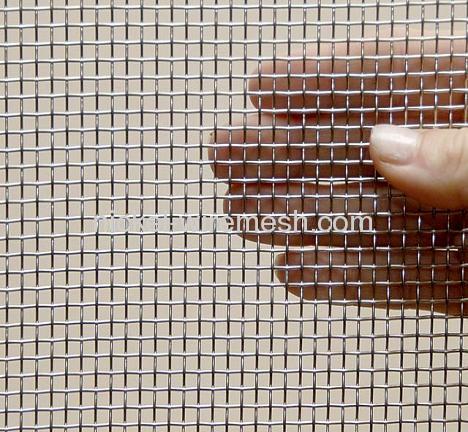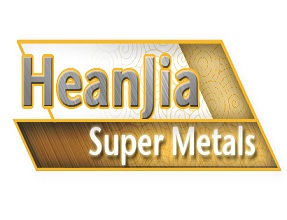You are here: home > Learning Gallery > Invar and pernifer metals' applications
Product (738)
- Pure Nickel Products (38)
- Incoloy Products (74)
- Inconel Products (72)
-
FeCrAl Product
(99)

-
Nichrome Products
(68)

- Monel Products (36)
- Hastelloy Products (49)
- Nickel Iron Alloy Product (59)
-
Nickel Copper alloys
(47)

- Nonferrous Metal Product (27)
-
Resistance Wire
(90)

- Stainless Steel Product (42)
- Mesh Demister (20)
- Others (17)
Product Forms (14)
Quality Certificate (11)
Learning Gallery (30)
Incoloy News (9)
Inconel News (22)
Molybdenum News (7)
Nikrothal News (4)
Nichrome News (13)
Titanium News (2)
Nickel News (8)
Alloys House (30)
Tools (27)
Nickel alloy News (30)
Latest Buzz (30)
nickel chrome copper iron alloys news (28)
Credit Report
Products Index
Company Info
Heanjia Super-metals Co., Ltd. [China (Mainland)]
Business Type:Manufacturer, Trading Company
City: Beijing
Province/State: Beijing
Country/Region: China (Mainland)
Learning Gallery
Invar and pernifer metals' applications

Invar and pernifer metals' applications
Keeping Flat Screens Flat
Two nickel-iron alloys, containing 36% and 42% nickel, have found a new application in the rapidly expanding market for large, flat-screen televisions. Their main characteristic is an extremely low coefficient of thermal expansion, and that makes these alloys, including Imphy Ugine Precision's (IUP's) Invar® (K93600) and Thyssen- Krupp VDM's newer Pernifer® 42
(K94100), ideal for frames that support the shadow masks of new flat-screen products. Here’s why: The shadow mask is a grid that sits just behind the TV screen and provides picture clarity. Its job is to direct electron beams accurately to the hundreds of thousands of dots, or pixels, on the TV screen that convert energy from the electron beams into visible light. In conventional picture tubes, the shadow mask is curved, along with the screen, giving it greater strength. But in a flat-screen TV, the shadow mask must be stretched on to a solid frame to keep its shape. Under these conditions, it’s essential the material in the frame does not expand and stretch the mask, even as it is heated up to temperatures as high as 100°C during use. The alloy also needs to resist the heat generated by the treatment process that blackens the frame and shadow mask to enhance picture quality. Again, a low coefficient of thermal expansion prevents the shadow mask from stretching out of shape and then losing tension when it cools down again. ThyssenKrupp VDM’s Pernifer 42 TVR (K94100), which contains about 43% nickel plus a trace amount of precipitation- hardening elements such as titanium and niobium, has a coefficient of thermal expansion 10 times lower than conventional steel at temperatures of 20-100°C. The resulting material is weldable, has a tensile strength of 1,000 megapascals
(MPa) and displays no creep expansion under stress. IUP’s Invar, which contains about 36% nickel, has a tensile strength of 630 MPa. "Export in Asia is growing fast," reports Sylvie Gindre, communications manager for IUP. "Today, one TV set out of three is made in China, and we supply Invar to both the manufacturers of TV tubes and their etchers." Every year, more than 150 million TV sets are sold around the world. Although conventional sets still account for 96% of sales, U.S. market research firm iSuppli/Stanford Resources predicts that sales of flat-screen TVs will reach 12 million per year by 2005. That’s a brand new market for an old workhorse like Invar, which, since its discovery more than 100 years ago, has been used extensively in applications ranging from watches to thermostats.
Pre Page:
Nickel Mesh-NiMH Fuel Cell Tops in...
Next Page:
Nickel-Copper Alloys



